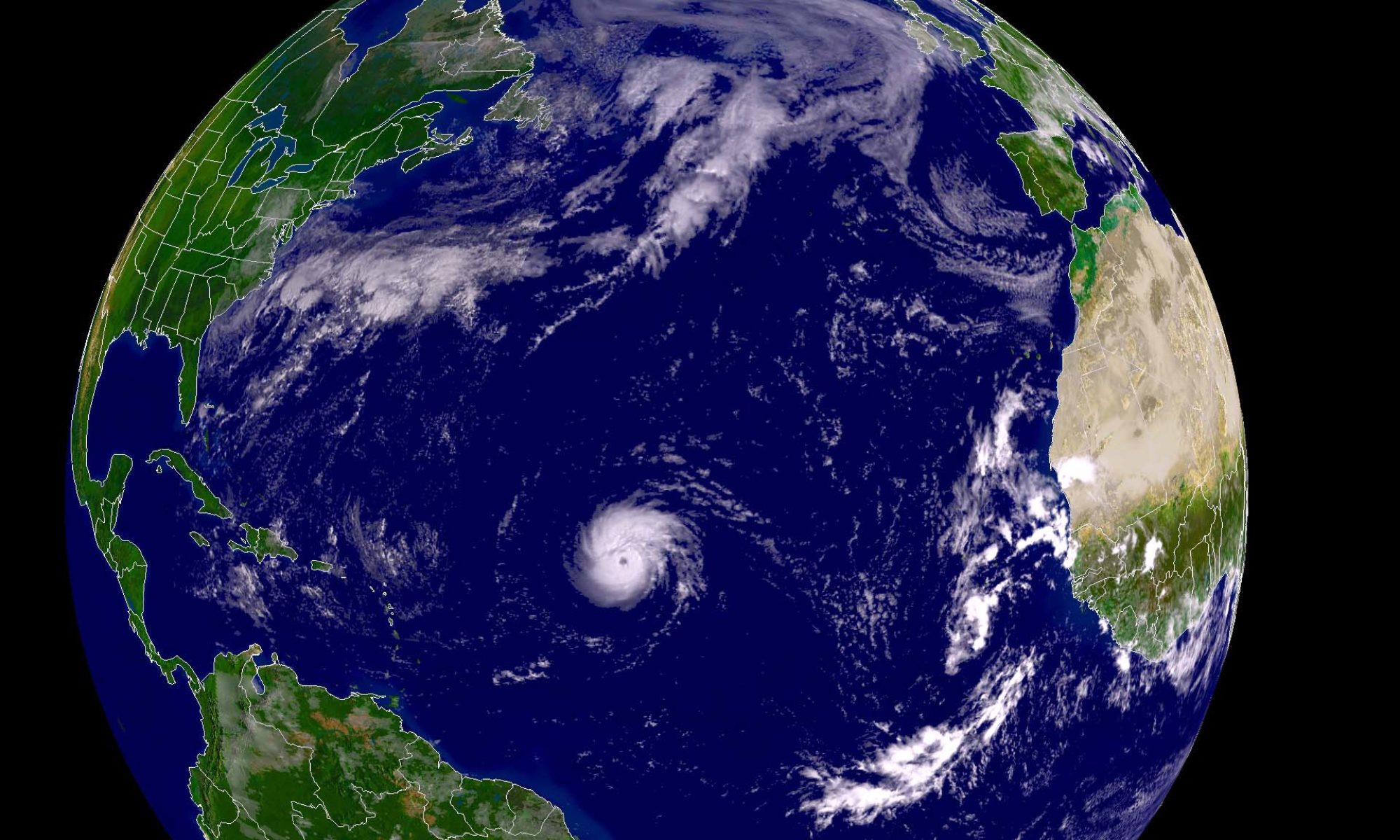by Akio Matsumura
This article is now available in German.
Japan’s Lack of Concern for Fukushima’s Children
 The children of Fukushima need greater medical attention and assistance. After the Chernobyl accident, concerns grew in that region as to whether higher rates of cancer, especially in the thyroid gland, would be found in children due to exposure to radioactive iodine. With this in mind, to alleviate concern after TEPCO’s nuclear accident, the Fukushima prefecture has been conducting a “Prefecture Health Management Survey.” According to the survey (as translated by Fukushima Voice), there is a high rate of thyroid cysts appearing in the children tested. The appearance of cysts, fluid-filled sacs, does not translate to cancer, but something extraordinary is happening in cell development. Their abnormally high prevalence shows that they were caused by environmental factors and are cause for concern. In the same vein, worries exist about decreased pulmonary function and bone marrow abnormalities.
The children of Fukushima need greater medical attention and assistance. After the Chernobyl accident, concerns grew in that region as to whether higher rates of cancer, especially in the thyroid gland, would be found in children due to exposure to radioactive iodine. With this in mind, to alleviate concern after TEPCO’s nuclear accident, the Fukushima prefecture has been conducting a “Prefecture Health Management Survey.” According to the survey (as translated by Fukushima Voice), there is a high rate of thyroid cysts appearing in the children tested. The appearance of cysts, fluid-filled sacs, does not translate to cancer, but something extraordinary is happening in cell development. Their abnormally high prevalence shows that they were caused by environmental factors and are cause for concern. In the same vein, worries exist about decreased pulmonary function and bone marrow abnormalities.
The study concludes that “There is a strong concern that waiting for further analysis of above data and the completion of follow-up examinations will lead to irreversible health damages in these children. Consequently, it is strongly desired that small children living in Nakadori (adjacent to the coastal region) and Hamadori (the coastal region) in Fukushima receive immediate implementation of preventive measures such as evacuation and more frequent screening examinations.” Shunichi Yamashita, vice president of Fukushima University Medical School, has urged thyroid specialists across Japan to not give second opinions to concerned families. The survey denounces his “repressive conduct” and considers it a violation of human rights for the affected children and their families. … Continue reading



